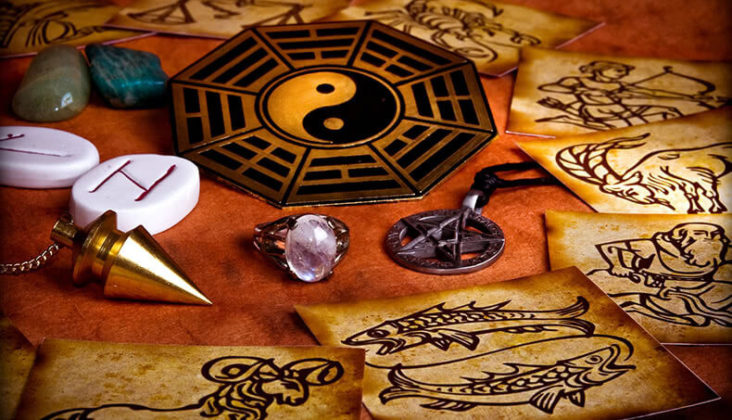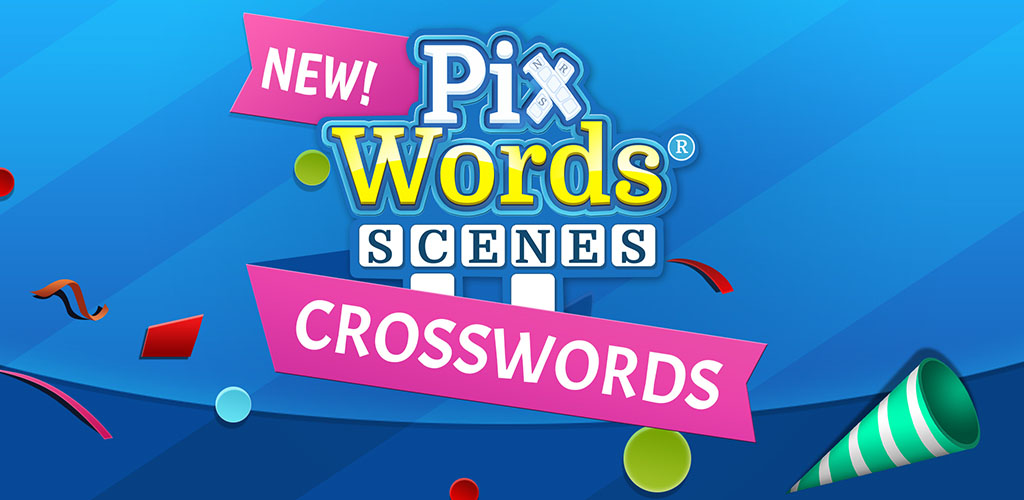

- PIXWORDS SCENES WITH MEDICINE PULSE DIAL BUTTON MANUAL
- PIXWORDS SCENES WITH MEDICINE PULSE DIAL BUTTON PORTABLE
- PIXWORDS SCENES WITH MEDICINE PULSE DIAL BUTTON ANDROID
- PIXWORDS SCENES WITH MEDICINE PULSE DIAL BUTTON CODE
In 1962, Touch-Tone telephones, including other Bell innovations such as portable pagers, were on display for the public to try out at the Bell Systems pavilion at the Seattle World's Fair. Īfter initial customer trials in Connecticut and Illinois, approximately one fourth of the central office in Findlay, Ohio, was equipped in 1960 with touch-tone digit registers for the first commercial deployment of push-button dialing, starting on 1 November 1960. In the 1950s, AT&T conducted extensive studies of product engineering and efficiency and concluded that push-button dialing was preferable to rotary dialing.

PIXWORDS SCENES WITH MEDICINE PULSE DIAL BUTTON CODE
A toll call to another area code was eleven digits, including the leading 1. Īs direct distance dialing expanded to a growing number of communities, local numbers (often four, five, or six digits) were extended to standardized seven-digit named exchanges. The 1951 introduction of direct distance dialing required automatic transmission of dialed numbers between distant exchanges, leading to the use of inband multi-frequency signaling within the Long Lines network while individual local subscribers continued to dial using standard pulses.
PIXWORDS SCENES WITH MEDICINE PULSE DIAL BUTTON MANUAL
The Bell System in the United States relied on manual switched service until 1919 when it reversed its decisions and embraced dialed automatic switching. This use even predated the invention of the rotary dial by Almon Brown Strowger in 1891. The concept of push buttons in telephony originated around 1887 with a device called the micro-telephone push-button, but it was not an automatic dialing system as understood later. Digital push-button telephones were introduced with the adoption of metal–oxide–semiconductor (MOS) integrated circuit (IC) technology in the early 1970s, with features such as the storage of phone numbers (like in a telephone directory) on MOS memory chips for speed dialing. Before the introduction of touch-tone telephone sets, the Bell System sometimes used the term push-button telephone to refer to key system telephones, which were rotary dial telephones that also had a set of push-buttons to select one of multiple telephone circuits, or to activate other features. Over the next few decades touch-tone service replaced traditional pulse dialing technology and it eventually became a world-wide standard for telecommunication signaling.Īlthough DTMF was the driving technology implemented in push-button telephones, some telephone manufacturers used push-button keypads to generate pulse dial signaling.

On 18 November 1963, after approximately three years of customer testing, the Bell System in the United States officially introduced dual-tone multi-frequency (DTMF) technology under its registered trademark Touch-Tone. The technology at that time proved unreliable and it was not until after the invention of the transistor that push-button technology became practical. 5 Crossbar switching system in Pennsylvania. Western Electric experimented as early as 1941 with methods of using mechanically activated reeds to produce two tones for each of the ten digits and by the late 1940s such technology was field-tested in a No. The push-button telephone is a telephone that has buttons or keys for dialing a telephone number, in contrast to having a rotary dial as in earlier telephone instruments. 2500, a typical American 12-button phone of the 1970s and early 80s Also, in the game PixWords Scenes developers have added a multiplayer function and this means for you that now you can compete with other players and show off personal results in social networks Facebook and Vkontakte.The Western Electric No. In this part of the PixWords Scenes you are available to go even more words, even more levels and even more fun. PixWords Scenes in English, thanks to this it is available to the English-speaking public. For example, for 60 coins you will open one letter in a word, and for 90 coins you will have the opportunity to exclude unnecessary letters from the list of suggested ones. And for the next successfully passed lavl you will receive three coins, which in the future can be spent on the necessary tips. And when you guess correctly several dozen words, then you will need to strain your brains well to pass the subsequent levels. The initial levels are fairly simple and even children can overcome them. In it you have to guess the words for the four proposed interrelated pictures. This game is made in the puzzle genre with very addictive gameplay.
PIXWORDS SCENES WITH MEDICINE PULSE DIAL BUTTON ANDROID
PixWords Scenes: The sequel to Android is the second part of a series of PixWords games.


 0 kommentar(er)
0 kommentar(er)
